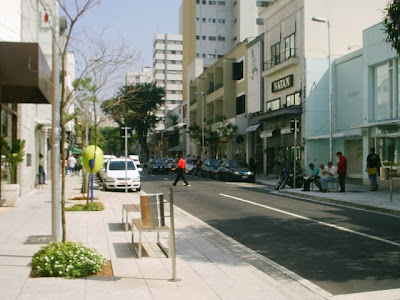In harmony to some of the suggested, and established, rules by the group created in 2002, 4 persons coming from 4 distinctive countries must always compose the grupoArac.
 Nowadays, the four Arac integrants come from BRAZIL, Mexico, Cape Verde and India.
Nowadays, the four Arac integrants come from BRAZIL, Mexico, Cape Verde and India. Between the constituents must be an art critic, a lay person, an frustrated artist and one "artist for experiences".
The whole contact and interaction between the artists should happen strictly through by internet.
From these virtual contact should be created an art work, to be brought up to the real world ("it's not in virtual world") always by the "artist for experiences"(only by the integrants of the group to have your identity known).
*the other integrants identities of Arac are known only by the group. Their identities as authors mix up with the group as a whole and come to reality only through the "artist for experiences".


 The other, known as ‘Jardins’ (in english 'Gardens'), is a place for fashion people and well born ‘alternative’ types.
The other, known as ‘Jardins’ (in english 'Gardens'), is a place for fashion people and well born ‘alternative’ types.












 In 2007 the place chosen as host for Arac is in Augusta, where the group intends to finish the work that will be shown in Berlin next July.
In 2007 the place chosen as host for Arac is in Augusta, where the group intends to finish the work that will be shown in Berlin next July. Arac’s "artist for experiences" is going to repeat, in Berlin, such works already tested in Brazil, as well as create new interferences based on his routine in the German city.
Arac’s "artist for experiences" is going to repeat, in Berlin, such works already tested in Brazil, as well as create new interferences based on his routine in the German city.



